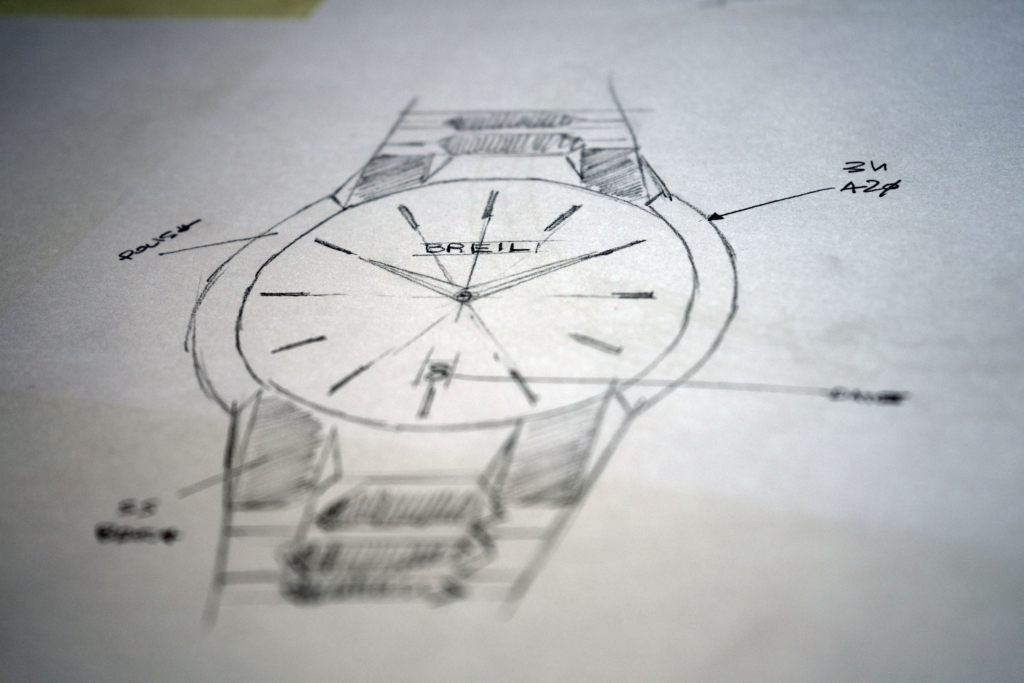
“DESIGN” HAS ALWAYS BEEN ONE OF THE WORDS NATURALLY ASSOCIATED WITH BREIL
Since its origins the brand has been known for the traits and style of its products, always well defined and strongly distinguishable.
Inside a store window, identifying a Breil watch or jewel is immediate. The cleanliness of the lines and at the same time the originality of the details, the boldness of the combinations, the choice of finishes, as well as the coloring of the steel. There are many aspects and qualities that combine to make a Breil product, whether it is a watch or a piece of jewelry, an object of impeccable quality that cannot be replicated.
But what is the genesis of a watch? How is a jewel born? What process? What actions are behind the Magnetica System necklace? Or the New One chronograph? Or the Groovy collection?
Breil can count on a series of professionals working in the internal Design Department of the Binda company – owner, producer and distributor of the brand – and on as many external consultants of the highest level. In both cases, the same passion and dedication is shown in facing each new challenge and in transforming a dream, an inspiration, or even a simple starting point into a concrete object.
Breil’s designers, each with their own peculiarities and skills, have the opportunity to express themselves through forms and constructions that are always different, with a particular vocation for innovation, the driving force behind each new proposal.
Inspiration can always come from different sources: a work of art, a sensation, a project, a glimpse… The important thing is to capture the essence and turn it into something that can be transmitted through the product.
THE INSPIRATION
The inputs that can inspire a designer are many and paradoxically different from each other: a city view, an unusual architecture, a pattern or a graphic reproduced on a magazine… but also elements of nature, especially when it comes to designing jewelry.
While the design of watches must in fact be subject to certain unavoidable rules, such as the size of the cases, the proportionate volumes, the dimensional constraints given by the movements (in particular those more valuable and complex, which are notoriously larger) up to the most correct combinations between bracelet and lugs … when dealing with jewelry shapes can be pushed beyond imagination.

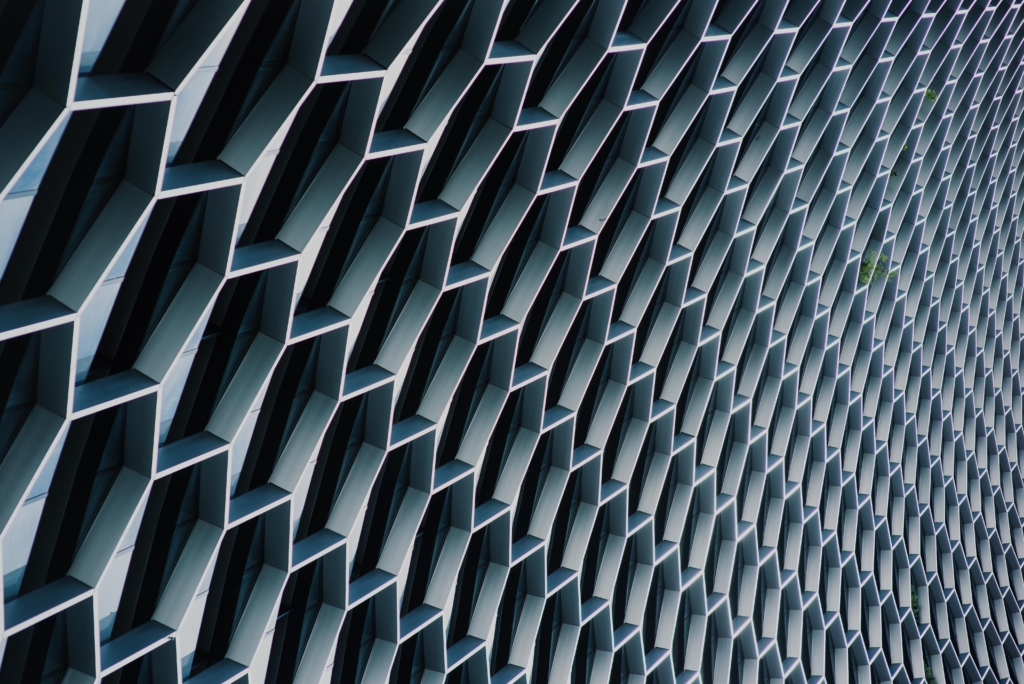
In the first phase of the creative process designers often use the Mood Board, that is a collection of images carefully chosen and selected according to the objective, which are put together to give concrete form to a concept and help the creative process and the elaboration of ideas. It is fascinating to enter their studios during this phase of the project: the walls are covered with clippings, images, colors, the result of an intense research operation. The selection is then further deepened, in order to elaborate the specific Mood Board, a real concentration of precious stimuli.
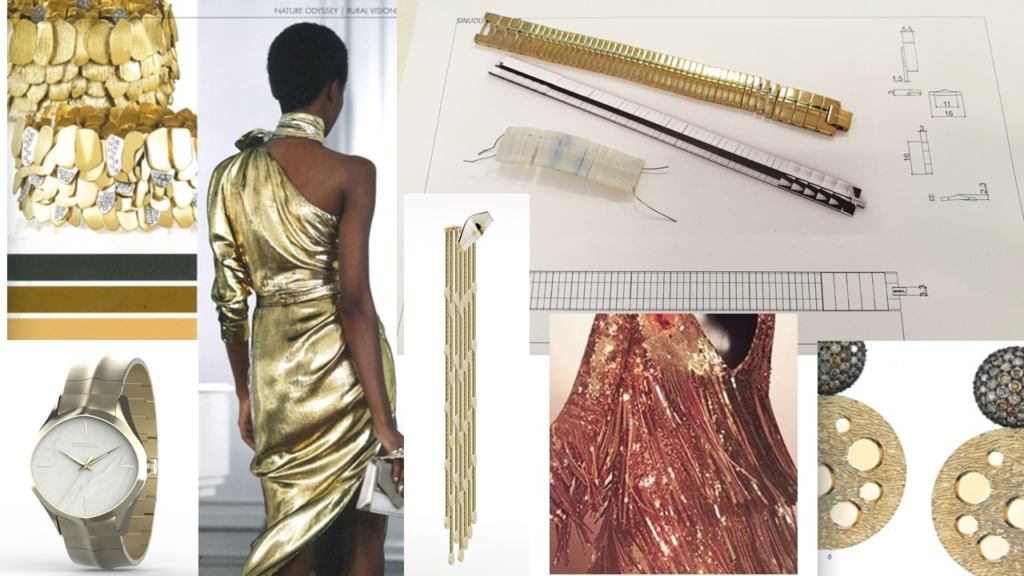
Inspiration can also come from a glance at the past: drawing on the brand’s heritage can be an exciting and very stimulating experience. Over the last 30 years of its history, Breil has created unique collections and products, which in some cases have made watch and jewellery history. Drawing from those lines and shapes and creating new suggestions in line with the latest trends means tackling a complex but exciting project: the challenge lies in the ability not to distort the DNA of the brand, thus reconfirming its most intrinsic stylistic features, but at the same time making it accessible and appealing even to the most modern and demanding users.
THE CREATIVE PROCESS
The process that culminates in the creation of a new piece of jewelry or watch, which is immediately linked to an absolute concept of creativity and seen as a very abstract inspiration, actually takes place starting from structured and replicated processes based on specific needs.
In the case of Breil products, everything originates from an extremely rational and in-depth market analysis, which examines trends, sales volumes, marketing needs and a thousand other concretely measurable aspects.
It makes one smile to think how all this data is then transformed into something highly creative and, at times, liberating for the designer.
The first sketches of each product are still done by hand, almost as if to draw inspiration from the very marks the pencil leaves on the paper.
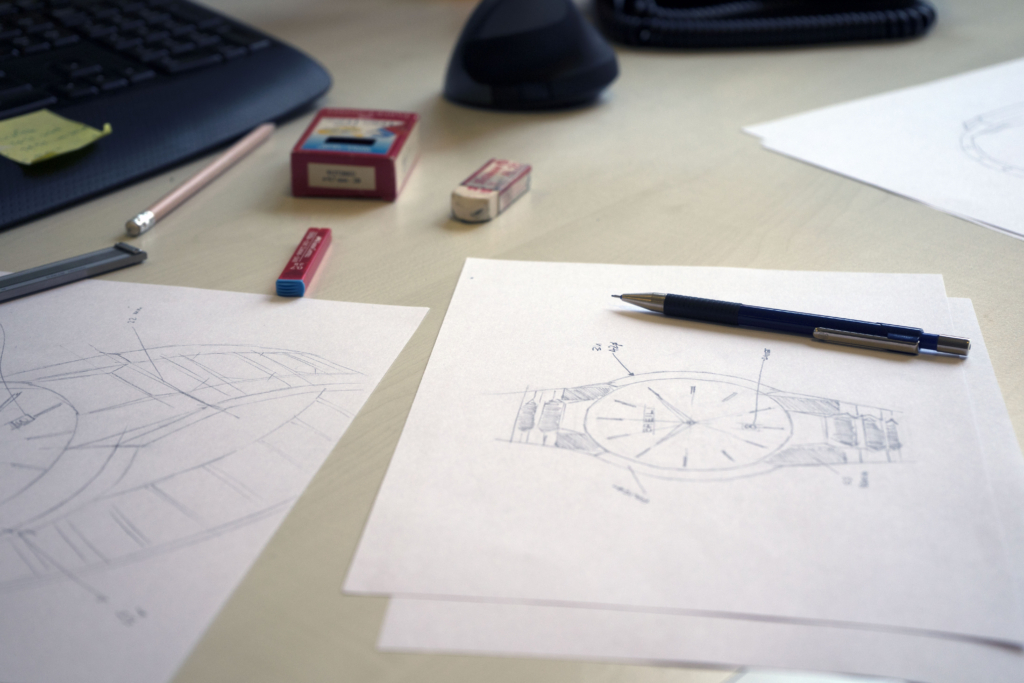
Exactly as it happens for a musician, who abandons himself to an evolutionary process in composing, drawing also needs practice, dedication and perseverance. Starting from this noble and ancient gesture, a thousand paths open up.
And the designer must rely on his or her experience and intuition to decide which creative path to take, at the expense of others.
This is followed by the transposition of those same signs into digital form: at that point, the most advanced design programs make it possible to deepen every trace, to elaborate in a precise and methodical manner every kind of inspiration, perhaps finding unexpected and surprising solutions.
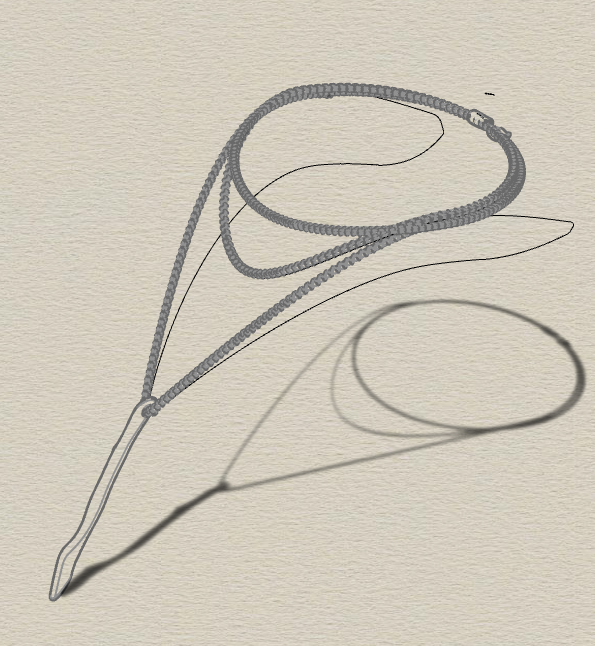
THE FINAL DESIGN
After this long and elaborate phase, the designer is ready to give final shape to his project through digital tools that refine the drawings, sketches and paperwork.
Once finalized in all its components and specifications, the design can be used for the creation of rapid prototypes in resin: it will be possible to see for the first time the object in three-dimensional format.
From the paper, from the screen, the jewel or the watch (in this case, more easily, some of its components such as the case, a clasp or the lugs…) takes shape and shows itself in a more advanced stage, starting to give concrete visibility to its potential.
From that moment on, a very complex and time-consuming development process begins, managed by the company’s in-house R&D department, hand in hand with the various suppliers.



